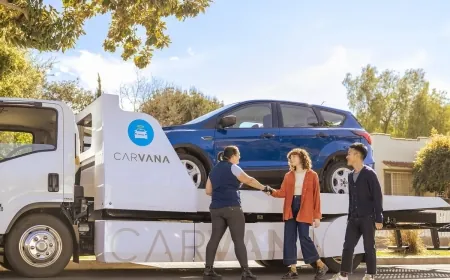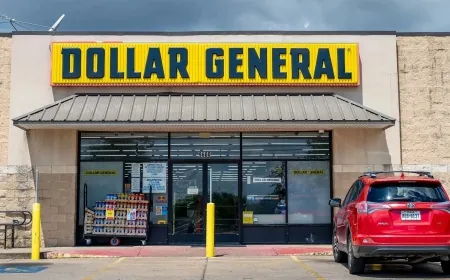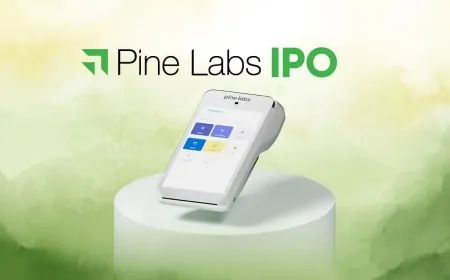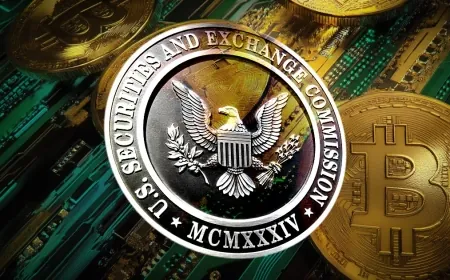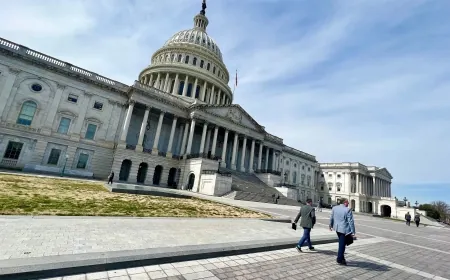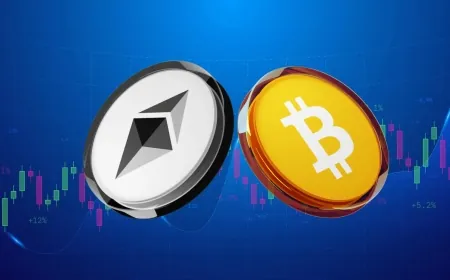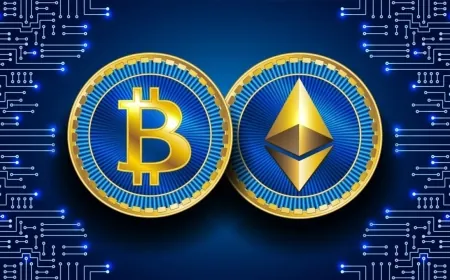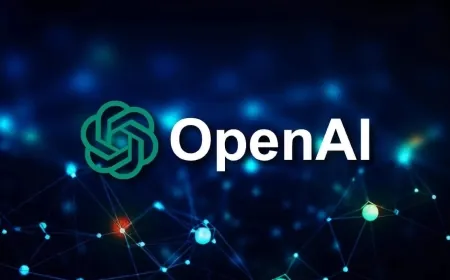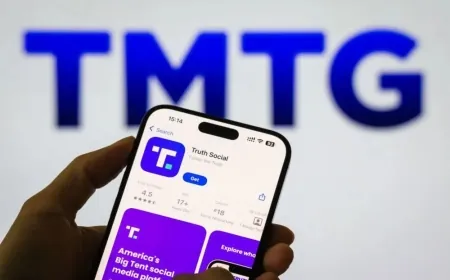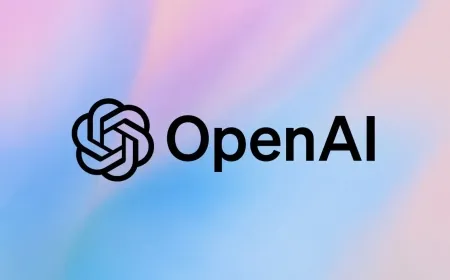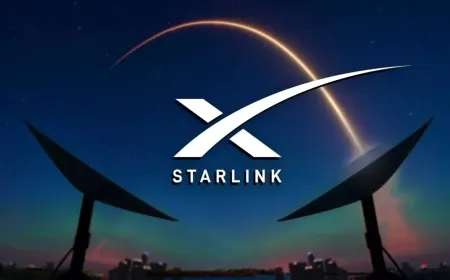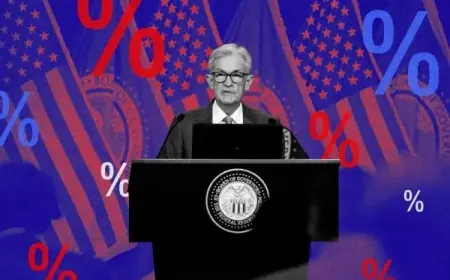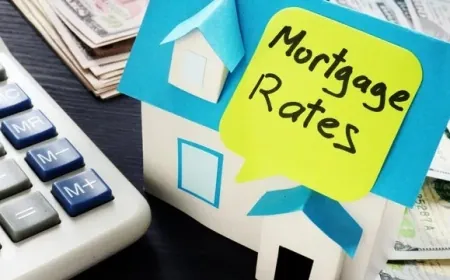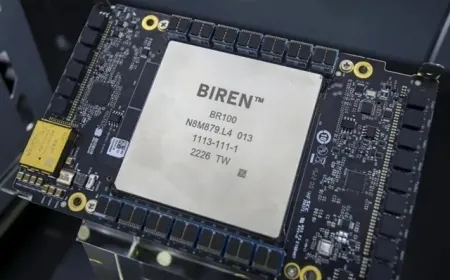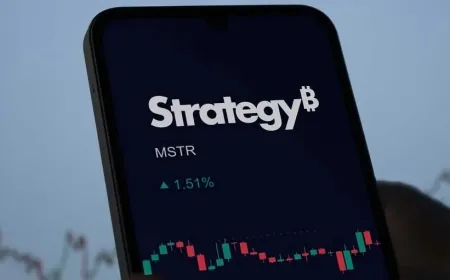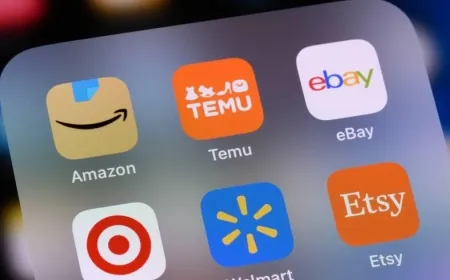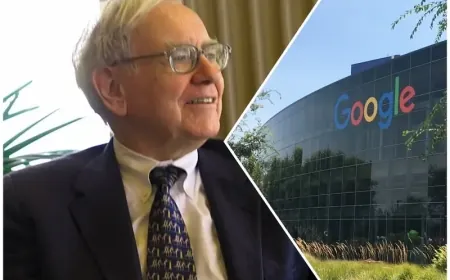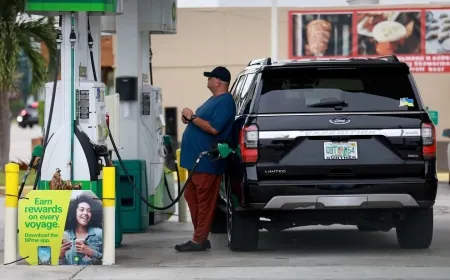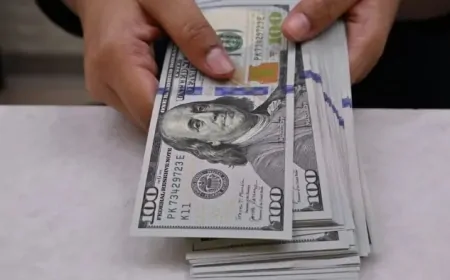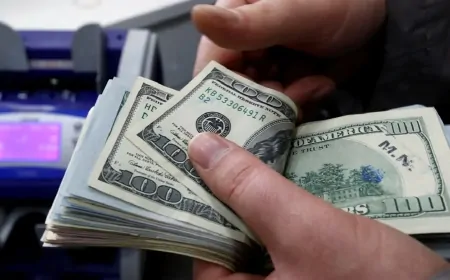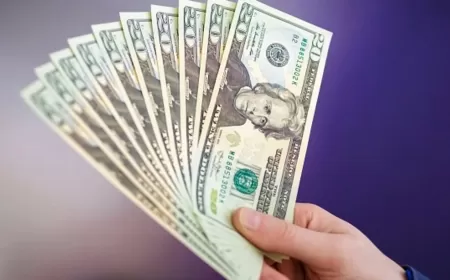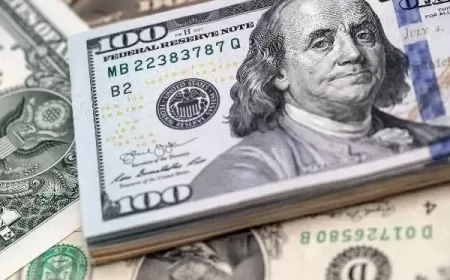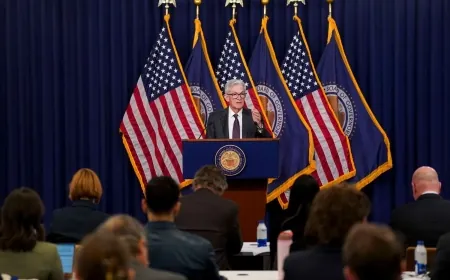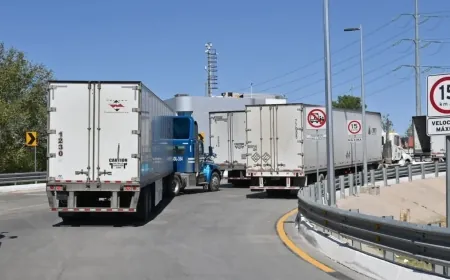Social Security Ends Paper Checks September 30 – Seniors Must Switch to Digital Payments
Social Security will stop mailing paper checks after September 30, 2025. Seniors must switch to direct deposit or a government-issued debit card. Learn how to update your payment method, who qualifies for a waiver, and how to avoid benefit delays.
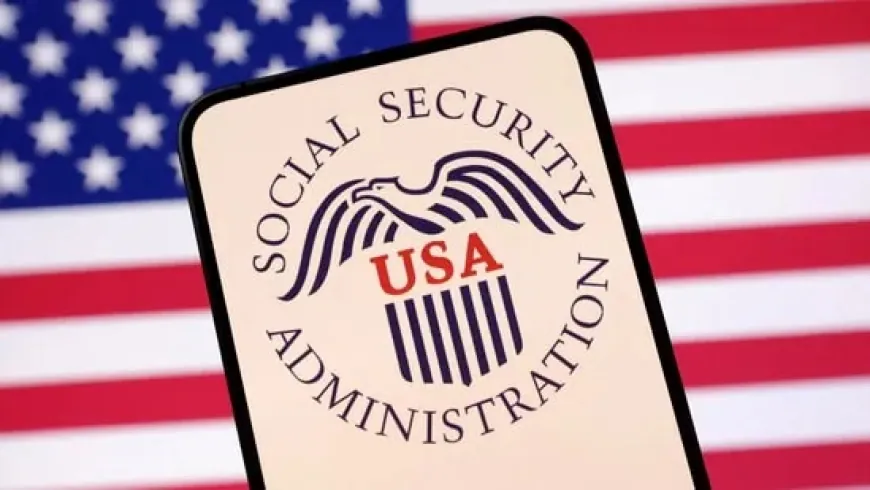
For more than 520,000 seniors and disabled Americans, Social Security checks still arrive in the mail each month—a habit formed over decades. But this fall, that routine will come to an end.
The Social Security Administration (SSA) has announced that September 30, 2025, will be the final day for paper check benefit payments. After that, recipients will need to switch to direct deposit into a bank account or accept payments via the Direct Express prepaid debit card, which is backed by the federal government.
This policy change affects a small but significant group. While most of the nation’s 73 million Social Security beneficiaries already receive electronic payments, roughly 0.7% of recipients still rely on paper checks.
The move is intended to reduce fraud, prevent lost or stolen checks, and streamline government operations. It’s also designed to avoid disruptions during emergencies that interfere with mail delivery, such as natural disasters.
But for some of America’s most vulnerable seniors, the transition won’t be easy.
Why the Social Security Administration Is Going Digital
The SSA has been working toward an all-electronic payment system for over a decade. Electronic payments are considered safer and more reliable than paper checks, which are subject to mail delays, theft, and fraud.
Electronic payments also save taxpayer dollars by reducing administrative costs. The government estimates that replacing paper checks with electronic payments could save millions annually.
In addition, direct deposit or debit card payments ensure that seniors continue receiving benefits even if local post offices are closed due to severe weather or other emergencies.
The Impact on Unbanked and Vulnerable Seniors
One of the biggest concerns surrounding this shift is its effect on seniors who don’t have bank accounts or lack access to technology.
According to the Federal Reserve’s most recent analysis, 6% of U.S. adults are “unbanked,” meaning neither they nor their spouse or partner has a checking, savings, or money market account. The unbanked rate is particularly high among:
| Group | Unbanked Rate |
|---|---|
| Adults with income under $25,000 | 24% |
| Black adults | Higher than average |
| Hispanic adults | Higher than average |
| Adults with disabilities | Higher than average |
| Adults over 90 | Significant barriers |
Many of these individuals are elderly, live in remote areas, or have disabilities that make switching to digital payments difficult.
What Are the New Options for Receiving Social Security?
Starting October 1, all Social Security recipients will need to choose one of the following:
1. Direct Deposit to a Bank Account
This is the preferred option for anyone with a checking or savings account. Payments are deposited automatically each month, eliminating the need to visit the bank or worry about lost checks.
2. Direct Express Debit Card
For those without a bank account, the Direct Express card is the alternative. The card works like a prepaid debit card and can be used to withdraw cash, pay bills, or make purchases anywhere that accepts MasterCard.
Funds are loaded onto the card each month on the day benefits are scheduled.
What If You Can’t Use Electronic Payments?
The SSA recognizes that some people simply cannot transition to digital payments. In limited cases, seniors may qualify for a waiver that allows them to continue receiving paper checks.
Who Qualifies for a Waiver?
The U.S. Treasury Department will continue granting waivers after the September 30 deadline, but only in specific circumstances:
-
Mental Impairment: If a medical or mental condition makes electronic payments impossible to manage.
-
Remote Location: If you live in an area with no infrastructure to support electronic financial services.
-
Age 90 or Older: Seniors in this age group automatically qualify if they request the waiver.
How to Apply for a Waiver
Beneficiaries who believe they qualify for a hardship waiver can call the Electronic Payment Solution Center’s waiver line at 855-290-1545 to request an application or check on the status of an existing request.
How to Update Your Payment Information
For most people, switching to electronic payments is simple. Here’s how to update your information:
-
Online: Log in to your My Social Security account at ssa.gov/myaccount.
-
Phone: Call the Social Security Administration at 800-772-1213 to schedule an appointment.
-
In-Person: Visit your local Social Security office for assistance.
However, experts warn that securing an appointment might not be quick. Due to staffing cuts in recent years, the current average wait time for an SSA appointment is about 35 days.
What Happens If You Don’t Make the Switch?
If you fail to choose a payment method before September 30, your Social Security benefits could be delayed. The SSA is proactively contacting the remaining paper check recipients to help them avoid missed payments.
Seniors who don’t set up direct deposit or enroll in the Direct Express card may have to visit a field office in person to sort out their payments, which could lead to longer wait times and frustration, especially for those in rural areas or with mobility challenges.
How Seniors Can Safely Switch to Electronic Social Security Payments
If you still get your Social Security check in the mail, there’s an important change coming. Starting September 30, 2025, the government will stop mailing paper checks for monthly benefits. About 520,000 people nationwide are still using paper checks, and they’ll need to switch to electronic payments before the deadline to avoid missing their money.
For most people, the easiest way to do this is to sign up for direct deposit. That means your Social Security payment will go straight into your bank account every month, just like a paycheck. You can set it up by calling your bank, visiting your bank in person, or logging into your Social Security account online at ssa.gov/myaccount.
If you don’t have a bank account, you can still get your benefits through a Direct Express debit card. This is a government-issued prepaid card that works like a regular debit card. Your Social Security money will be automatically added to the card each month. To get one, call 1-800-333-1795.
There are a few exceptions. Some people can still get paper checks if they meet special requirements. That includes people who are 90 years old or older, people who have a medical or mental condition that makes electronic payments difficult, and people who live in areas without access to banks or electronic services. If you think you qualify for an exception, call 855-290-1545 to ask about a waiver.
It’s important not to wait until the last minute. If you don’t make the switch before the deadline, your payments could stop. Fixing the problem later might require a trip to a Social Security office, and right now it takes more than a month to get an appointment in many places. Phone lines are expected to get even busier as the deadline gets closer.
For help, you can call 800-772-1213 to speak with a Social Security representative or go online to ssa.gov/myaccount to update your information.
Also Read: Millions of U.S. Seniors Hit With 50% Social Security Cuts as Government Reclaims Overpaid Benefits







